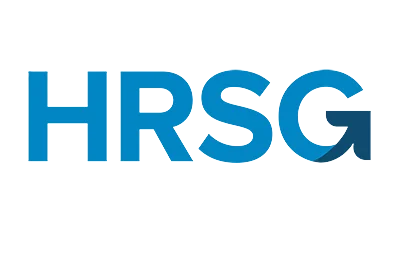What is employee recognition?
Employee recognition refers to the process of acknowledging and rewarding the efforts and accomplishments of employees of a company. It can take numerous forms, including verbal praise, incentives, promotions, prizes, or public acknowledgment. Organizations may benefit from employee recognition in a variety of ways, including greater staff morale and motivation, improved work satisfaction, improved employee engagement and retention, increased productivity, and higher levels of customer satisfaction. It can additionally establish a healthy company atmosphere and encourage employee teamwork and collaboration.
Continue reading to learn more about how employee recognition is vital and useful to businesses, as well as the many types and methods of employee recognition.
Types of Employee Recognition and Rewards
1. Giving verbal praises and saying “thank you” frequently for little accomplishments or contributions can increase motivation and support good conduct.
2. Written thank-you notes could be sent for significant accomplishments or milestones to express gratitude and acknowledgement.
3. Public acknowledgement, offered in front of peers, management, or both to recognize great performance and highlight the importance of the employee’s accomplishments goes a long way.
4. Awards and certificates must be given in recognition of noteworthy achievements or milestones, such as finishing a project, accomplishing a goal, or reaching a certain number of years of service.
5. Employees must be awarded promotions when they exhibit great performance, leadership, or potential for advancement within the
company.
6. Special tasks could be assigned to employees as a means of identifying and enhancing their abilities, expertise, and potential for advancement.
7. Financial incentives and bonuses must be awarded for extraordinary performance, going above and beyond expectations, or making a positive impact on the business’s success.
8. Opportunities for professional advancement could be provided, including training, coaching, and mentoring, to promote employees’ development.
9. Offered as a method to express gratitude for a worker’s perseverance and devotion, time off and flexible schedules can help with work-life balance.
It is significant to highlight that the proper kind of acknowledgment will depend on the person, their accomplishment, and the organizational culture. The fairness, consistency, and alignment of recognition with the organization’s objectives and
values should also be ensured by managers.
How Should you Give Recognition to your Employees?
Employee Recognition Programs
Employee recognition programs are systematic efforts that recognize and reward workers for their accomplishments, contributions, and dedication to the firm. Often, these programs include a variety of prizes and incentives, such as bonuses, gift cards, certificates, promotions, and public recognition. Employee recognition programs may assist in promoting employee engagement, motivation, and work
satisfaction, resulting in increased productivity, retention, and overall organizational success.
Challenges and Solutions
The advantages of such programs are explored, but there are also some challenges. Let’s talk about them and their potential solutions. These challenges include a lack of buy-in or engagement from managers and workers, uneven or unjust recognition, a limited budget or resources, and difficulties quantifying the impact of recognition activities.
To address these challenges, organizations can take steps such as establishing clear and consistent recognition criteria and processes, providing managers with training and support, involving employees in the design of recognition programs, leveraging technology to streamline recognition efforts and increase participation, and evaluating the effectiveness of recognition initiatives on a regular basis.
Conclusion
In conclusion, creating a healthy workplace culture and supporting employee engagement and retention need several different factors, one of which is employee recognition. Verbal praise, chances for advancement and development, monetary incentives, and flexible work schedules are a few forms of recognition that employees value. By implementing effective employee recognition programs, as explained and highlighted above, organizations may show appreciation for their staff members’ accomplishments, increase job satisfaction, and foster overall success.






